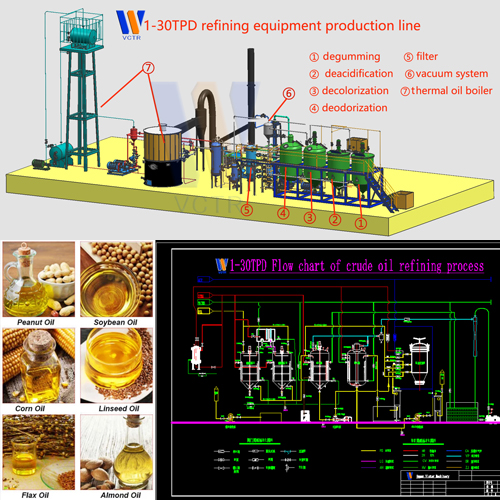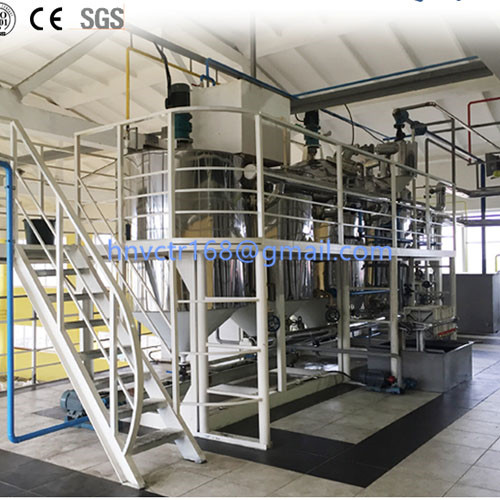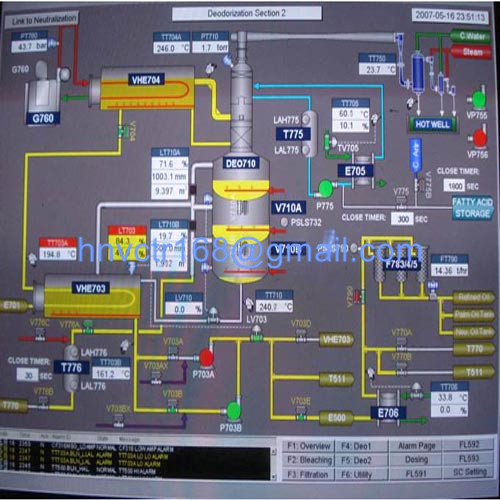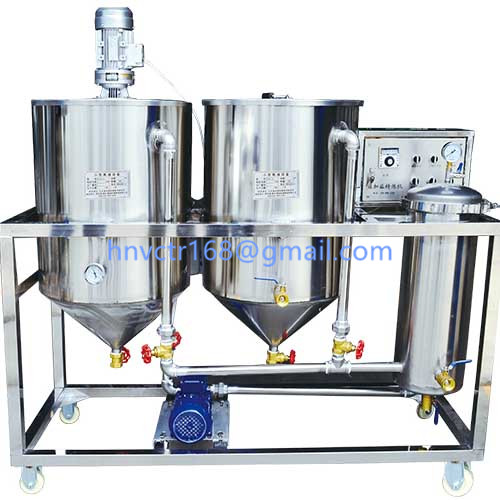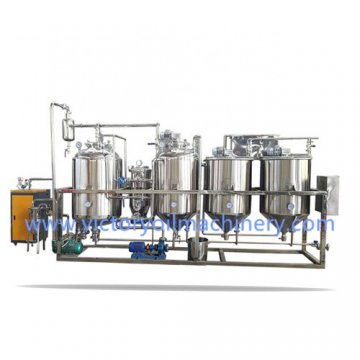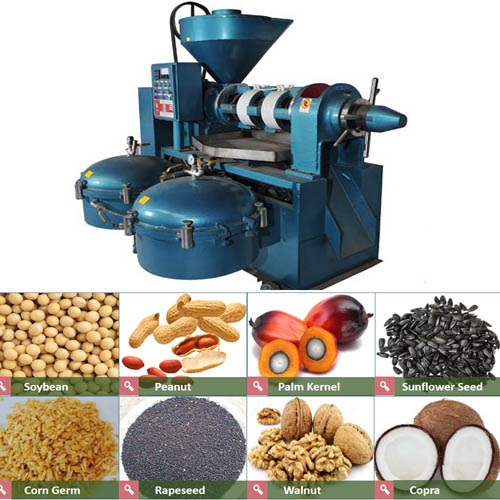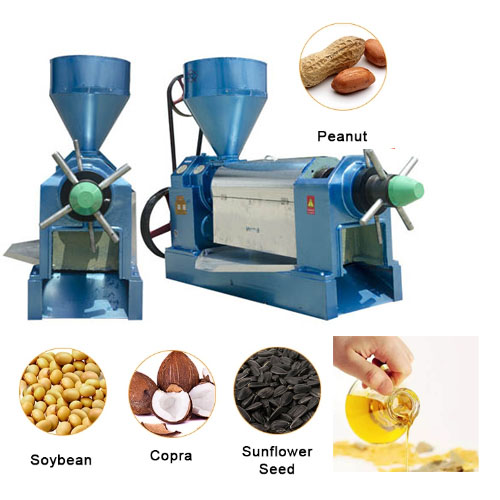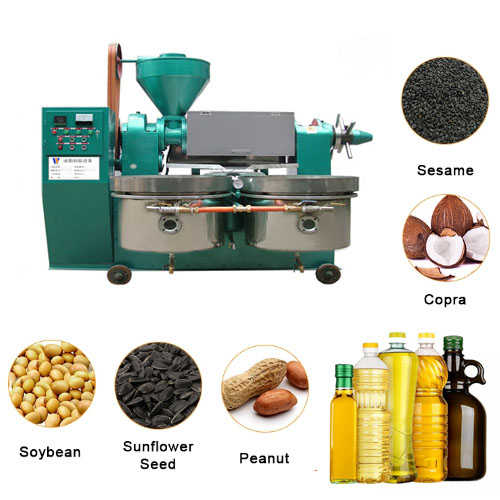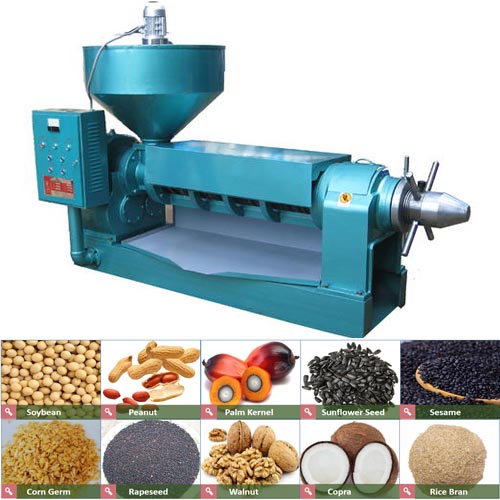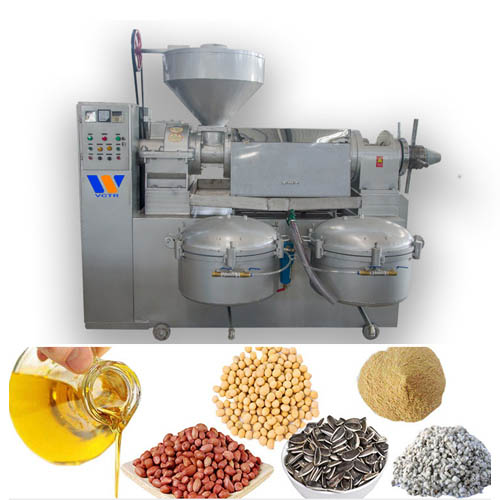Introduction to activated bleaching earth
The bleaching of edible oil is part of the oil refining process. It removes impurities that adversely affect the appearance and properties of triglycerides (triglyceryl compounds). Usually, the process of degumming and alkali refining (neutralization) is carried out first. The oil bleachingprocess will remove the specific harmful impurities that cannot be removed in the previous process. The oil bleaching process is the process of mixing adsorbent and oil and re-filter.The amount and characteristics of the adsorbent are related to the success or efficiency of the oil bleaching operation.The edible oil bleaching is part of the oil refining process. It removes impurities that adversely affect the appearance and properties of triglycerides (triglyceryl compounds). Usually, the process of degumming and alkali refining (neutralization) is carried out first. The oil bleaching process will remove the specific harmful impurities that cannot be removed in the previous process. The oil bleaching process is the process of mixing adsorbent and oil and re-filter.The amount and characteristics of the adsorbent are related to the success or efficiency of the oil bleaching operation.
1. Activated bleaching earth
Activated bleaching earth is an adsorbent with higher activity that is processed by bentonite as raw material, and is the most widely used in the oil bleaching of the oil industry.Activated bleaching earth has a strong adsorption capacity for pigments in oils, especially chlorophyll and other colloidal impurities, and has a stronger adsorption capacity for basic atomic groups and polar atomic groups. After the oil is decolorized by the white clay, a little bit of earthy smell will remain, which can be removed during the deodorization process.
2. Ingredients
The main components of activated clay are silicon dioxide (SiO2), aluminum oxide (Al2O3), and iron oxide (Fe2O3).
1. Activated bleaching earth
Activated bleaching earth is an adsorbent with higher activity that is processed by bentonite as raw material, and is the most widely used in the oil bleaching of the oil industry.Activated bleaching earth has a strong adsorption capacity for pigments in oils, especially chlorophyll and other colloidal impurities, and has a stronger adsorption capacity for basic atomic groups and polar atomic groups. After the oil is decolorized by the white clay, a little bit of earthy smell will remain, which can be removed during the deodorization process.
2. Ingredients
The main components of activated clay are silicon dioxide (SiO2), aluminum oxide (Al2O3), and iron oxide (Fe2O3).
| Ingredient | SiO2 | AL2O3 | Fe2O3 | FeO | TiO | CaO | MgO | MnO | K2O | Na2O | P2O5 |
| Content(%) | 62.34 | 17.24 | 2.73 | 0.12 | 0.15 | 2.09 | 5.44 | 0.15 | 0.72 | 0.12 | 0.03 |
3. The main properties and uses of activated bleaching earth
1) It has a wide range of bleaching adsorption and purification power. It has a good adsorption and bleaching effect in the application of oil bleaching. It has strong adsorption of pigments and impurities. The bleaching rate of various pigments in vegetable oil reaches 85%~ 95%.
2) With specific adsorption, it can remove all kinds of oil dark pigments and impurities, such as chlorophyll, lutein and carotene. After bleaching and purification, the oil is light, clear and bright, and has good stability and low acid value.
3) It has the ability to adsorb and remove aflatoxins and benzopyrene in oil.
4) Activated bleaching earth as a processing aid absorbs the above-mentioned pigments, impurities and harmful substances, and is completely separated from the oil after strict filtration. This filtration technology and control means are mature technologies in China.
5) Activated bleaching earth has a certain shelf life, generally 12 months. Although expired activated bleaching earth will not affect the quality of oil, it will absorb a certain amount of moisture in the air, which will reduce its bleaching power and increase oil loss, resulting in an increase in production and processing costs.
4. The production process
The processing and production methods of activated bleaching earth using bentonite as raw materials mainly include full wet method, full dry method and semi-wet method.The traditional full wet method is to mix bentonite, sulfuric acid, and water and heat to 100°C with stirring to activate for a period of time, then wash, dry, and crush to obtain the product. The biggest disadvantage of this method is that it consumes a large amount of acid, which results in large washing water consumption, serious environmental pollution and high cost.
The traditional full dry production process is to mix a small amount of sulfuric acid and water with bentonite, stir it thoroughly, leave it for a period of time, then dry and smash to obtain the finished product. Although this method reduces the amount of acid used and has no environmental pollution such as waste water discharge, its product quality is low, which greatly limits its use.
The semi-wet production process is to mix a small amount of sulfuric acid and water with bentonite and then fully stir, activate (place) at a certain temperature for a period of time, and then add acid and water for the second step of activation. The semi-wet production process better solves the problems of the full-wet process and the full-dry process. Simple process, low cost, high product quality.
Generally speaking, the semi-wet production process reduces the acid consumption by half to two-thirds (1/2~2/3) compared with the traditional process, the water consumption is also reduced by 1/2~2/3, Less wastewater. no environmental pollution after a little treatment and low cost. Under the same conditions, the bleaching power is 30% higher than the traditional method.

